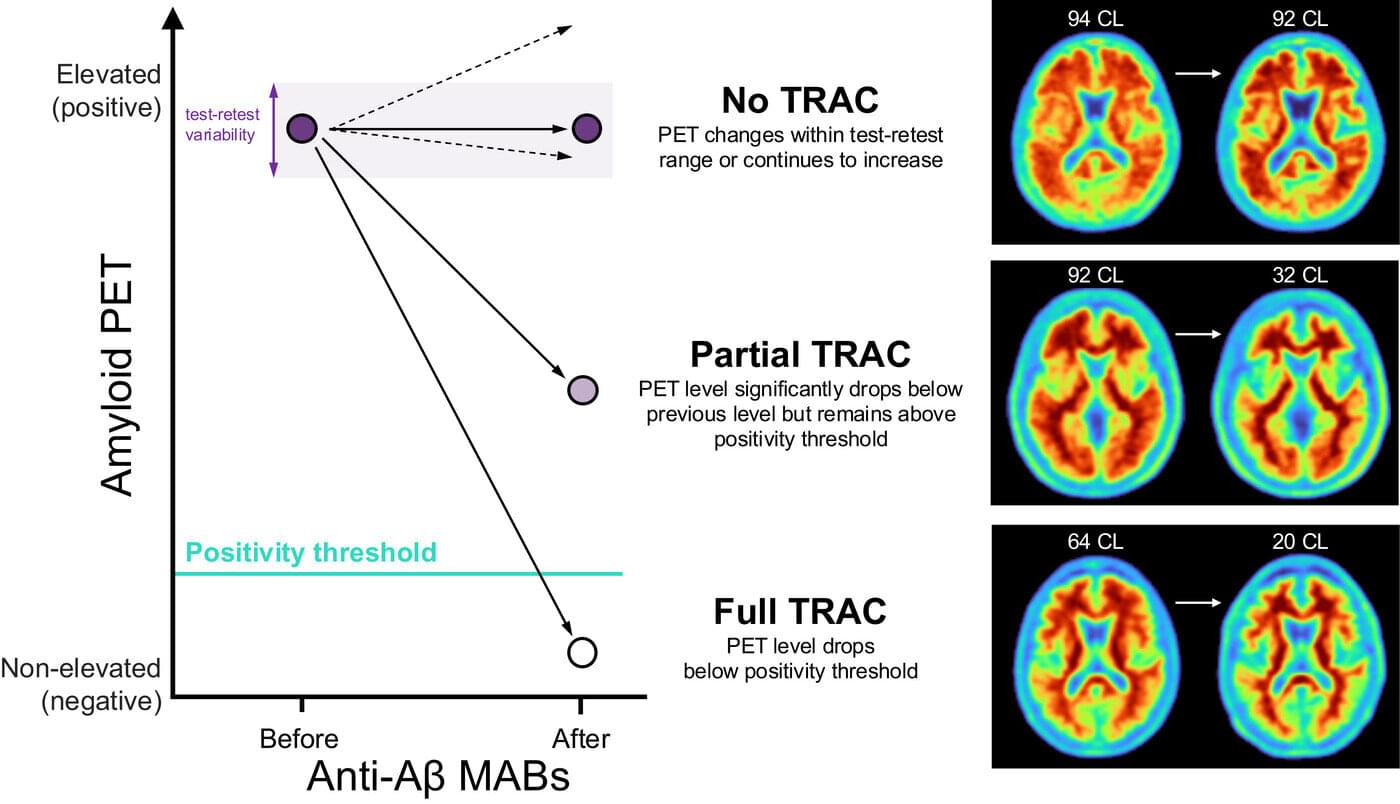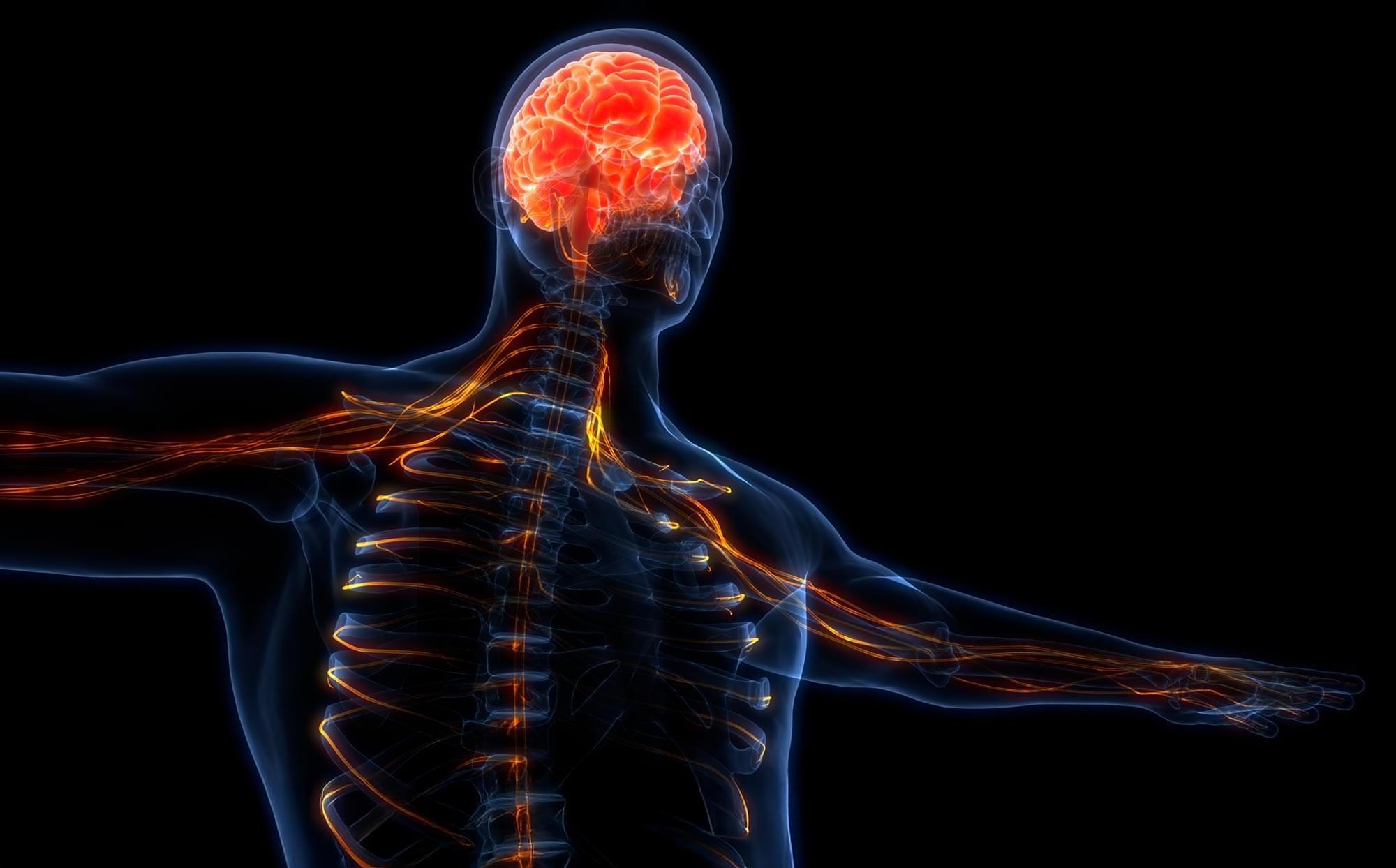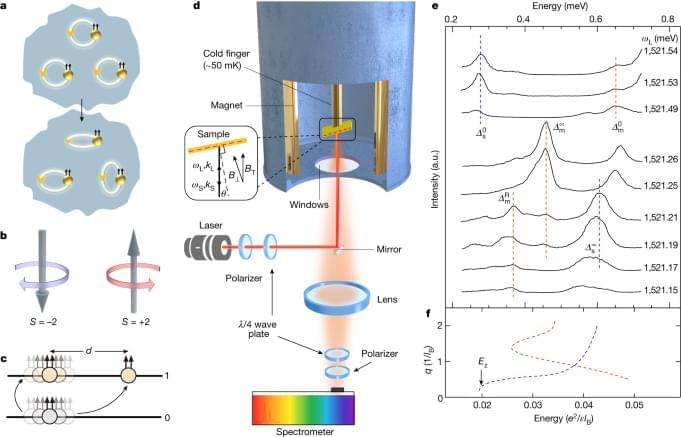Restoring Sight For Those In Need — Dr. Edward J. Holland, M.D. & Robert Dempsey — Co-Founders — Holland Foundation For Sight Restoration
Dr. Edward Holland is a world-renowned leader in corneal transplantation and severe ocular surface disease, and is the Co-Founder of the Holland Foundation for Sight Restoration (HFSR — https://www.hollandfoundationforsight… is a 501©(3) nonprofit organization, dedicated to transforming the lives of individuals affected by these conditions, including limbal stem cell deficiency (LSCD) – a rare and devastating condition that can result in chronic pain, profound vision loss, and blindness.
Through this HFSR initiative, Centers of Excellence (COEs) focused on the advanced sight restoration procedures of Ocular Surface Stem Cell Transplantation (OSST) are being launched across the country. As part of its mission, the foundation is also committed to broadening education and training so that more physicians nationwide can learn and implement The Cincinnati ProtocolTM for the management of these patients.
Dr. Holland is also the Director of Cornea Services at Cincinnati Eye Institute (https://www.cincinnatieye.com/doctors…) and Professor of Ophthalmology at the University of Cincinnati (https://med.uc.edu/landing-pages/prof…).
Dr. Holland attended the Loyola-Stritch School of Medicine in Chicago and trained in Ophthalmology at the University of Minnesota. He completed a fellowship in cornea and external disease at the University of Iowa and then completed a second fellowship in ocular immunology at the National Eye Institute, National Institutes of Health in Bethesda, Maryland.








